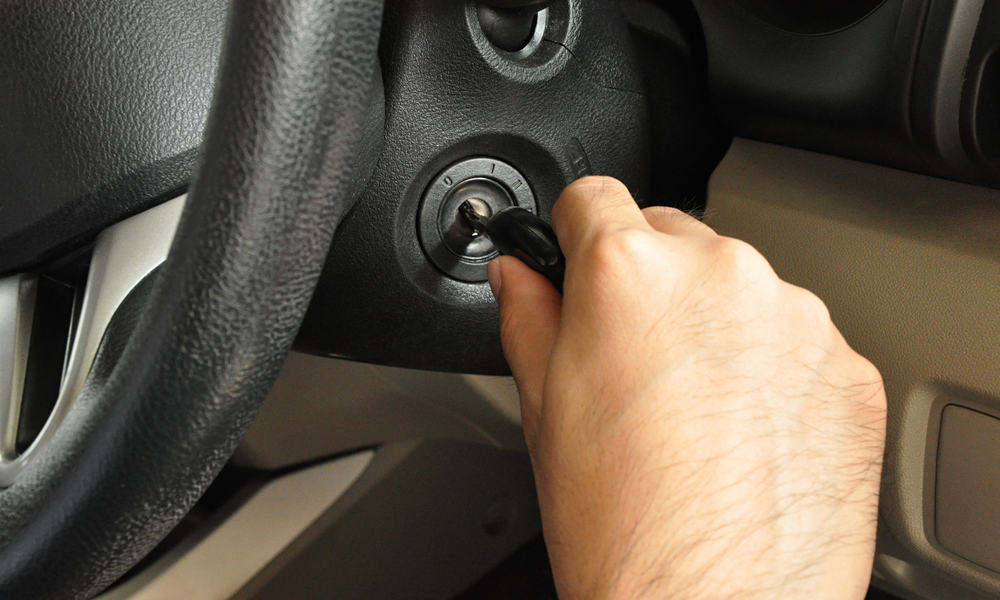
Most people know how to start a car. These are veteran drivers who have spent most of their adult lives on the road. They know everything about their vehicle like the back of their hand. That is to say they have full knowledge of everything that is going on under the hood.
Your presence here indicates that you aren’t one of them. It also tells us that you could do with some help in getting your vehicle up and running. Don’t worry as the process isn’t that difficult as some people make of it. It will become your second nature once you have done it a few times.
Before you start your car
Here are some steps you need to take:
Identify the clutch
Every manual transmission car comes with a clutch. You can pinpoint it by its location – it is the pedal on the extreme left side underneath the steering. It needs to be depressed every time you shift gears. You also need to press the clutch to stop the car without stalling the engine. Here’s how it works.
The clutch breaks the connection between the engine and the wheels every time you press it. This disengagement not only transfers the power to the vehicle’s transmission system from the engine. But it also lets you stop the car without killing off the engine.
Identify the brake
Here’s the first of the two pedals that are common between manual and automatic transmission vehicles. It can be found right under the middle of your steering wheel. Newbie drivers make a mistake of operating it with their left foot – even though it should always be engaged with the right.
Brakes work by activating the ‘master cylinder’ after you have pressed them. The cylinder then releases ‘brake fluid’ which uses ‘brake lines’ to go to the caliper. This fluid then forces the brake ‘pads’ to get into contact with (and jam) the rotor that is moving the wheels, thereby slowing down your vehicle.
Identify the accelerator
The pedal on the right side of the brake is the accelerator. Its specific location makes it necessary for the driver to engage the accelerator with the right foot. This compulsion – of alternating the same foot to depress the brake and accelerator – is very important for your safety.
The accelerator is connected directly to your car’s engine. When you press the accelerator, it provides throttle to the engine and forces its crankshaft to go down and let in more air. The harder you press this pedal, the more air the crankshaft will suck in, and the speedier your car will move on the road.
How to start a car?
Follow these steps to start your car:
Starting a manual car
Here’s how you can get a manual car up and running:
Step 1: Insert the key into the ignition
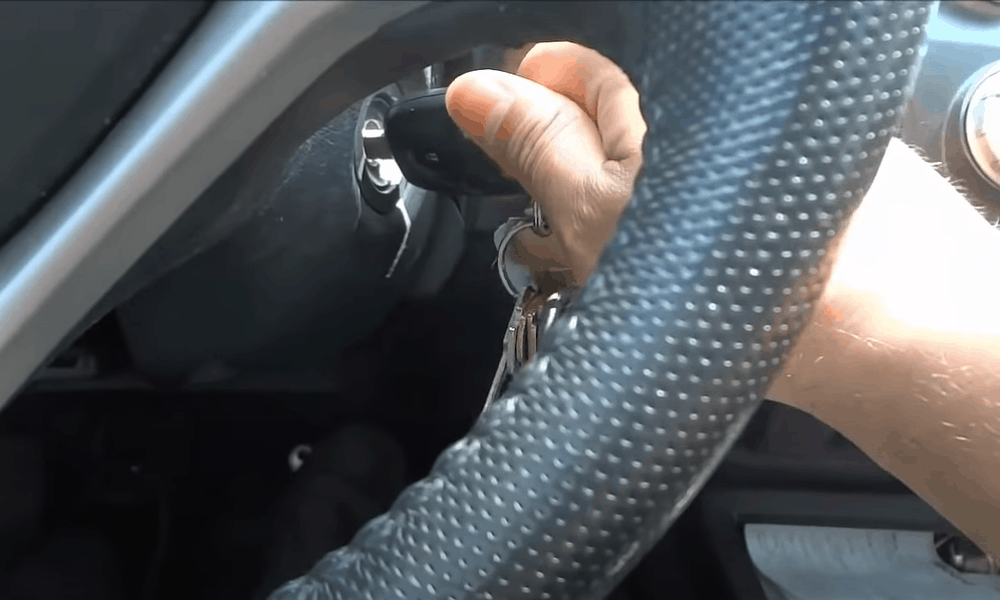
The ignition is a multifunction switch located on the door facing side of the steering column. Its position remains the same regardless of whether your vehicle has a right-hand or left-hand drive.
Insert your key into the ignition but don’t do anything else just yet. As there are multiple steps you need to take first. Only then you’ll be able to start your car.
Step 2: Ensure the car is in neutral
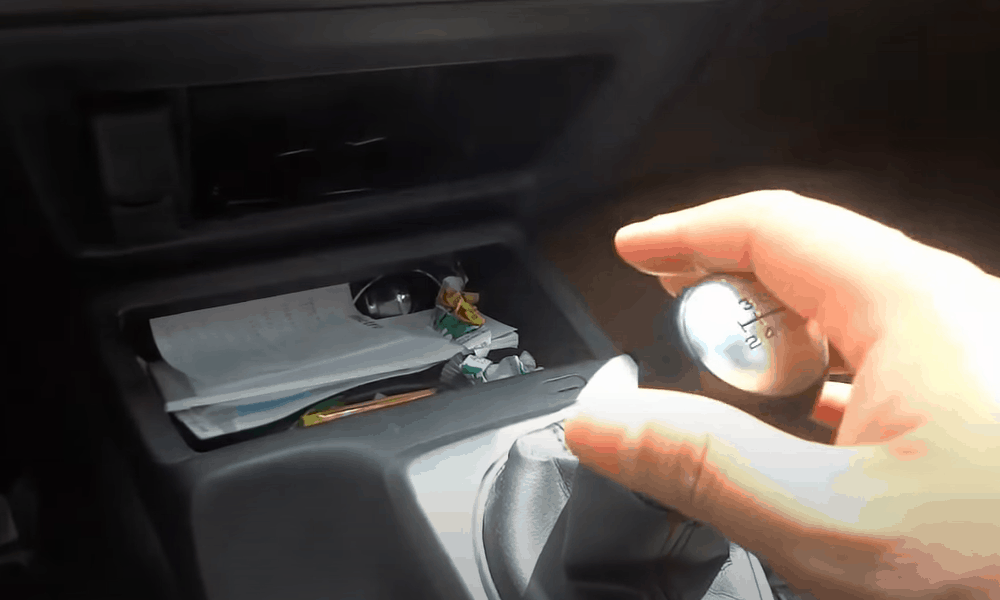
Here’s how you can make sure that that your car is in neutral. Vehicles in neutral have a loose-to-the-touch gear, which means it can move effortlessly from side to side.
Provided the gear won’t easily budge from its position, press down on the clutch until it’s hitting the floor. Then move the gear into the neutral (central) position.
Step 3: Ensure the handbrake is on
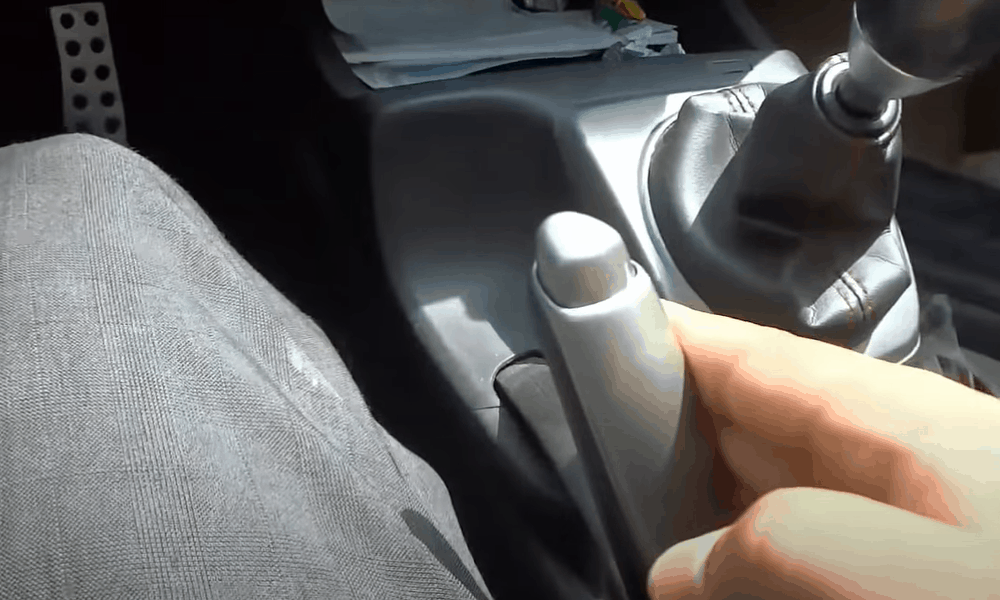
The handbrake will be located right behind the gear on the passenger side of the driver’s seat. It needs to be at a 45-degree angle before you turn on the ignition and start your vehicle.
If you’re unsure whether the handbrake is engaged or not, look at your dashboard. It will be giving a red exclamation mark “I” if the handbrake is on.
Final Step: Start the ignition
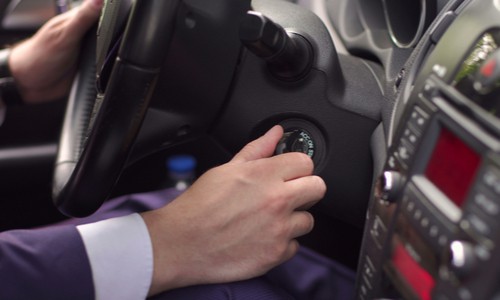
Once you have made sure that the car is in neutral, start the ignition. This will start your vehicle. Wait for a few seconds to let the engine get up to speed before driving away.
Starting an automatic car
Here’s how you can get an automatic transmission car up and running:
Step 1: Insert the key into the ignition
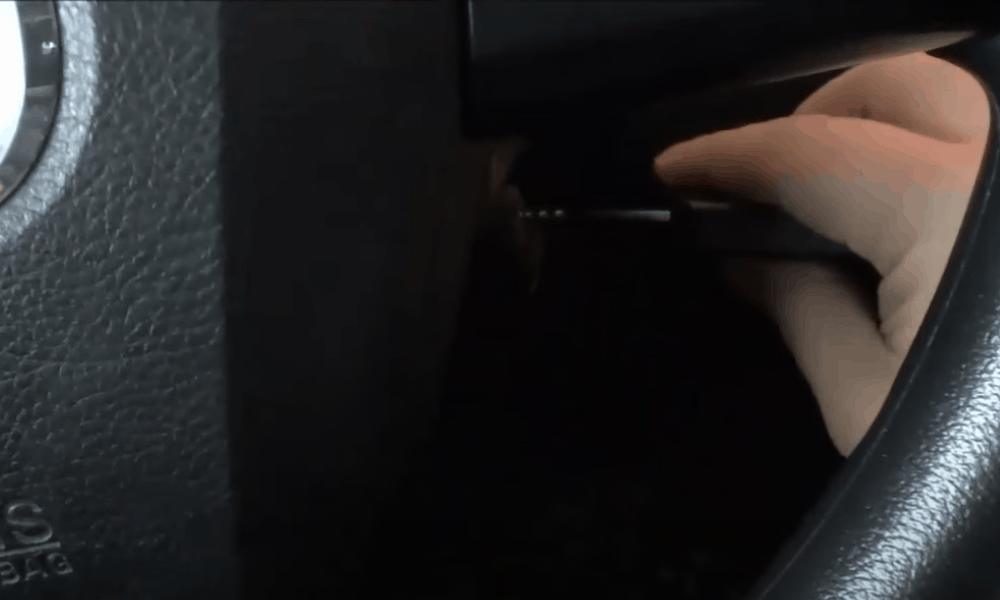
After you have inserted the key into the switch, turn it on to the third (on) position. Don’t do anything else before you have acted on instructions given in the upcoming steps.
Step 2: Press the brake pedal
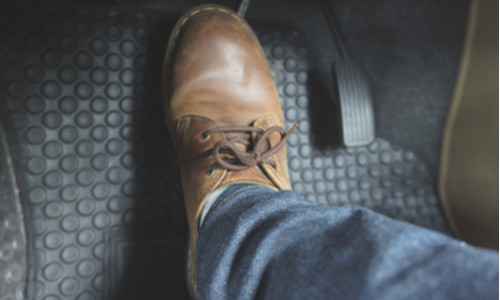
Unlike manual transmission vehicles that have three pedals, automatic vehicles only have two. They have no clutch, so you only have the brake (center) and the accelerator (right). Press the former.
Step 3: Switch the gear to ‘D’

Automatic transmission vehicles come with several variants of D including D, D1, D2, and D3. You should switch the gear to the first (D) position to let your car rolling.
Step 4: Lift your foot from the brake
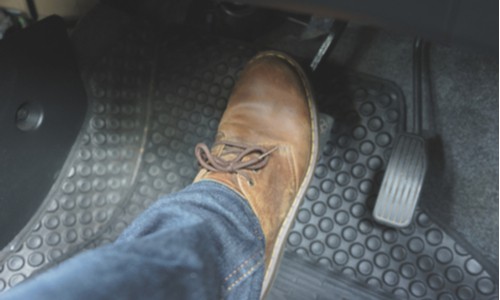
Newbie drivers would do well to lift the foot pressing the brake as slowly as possible. Otherwise, your car would take off with a jerk that nobody likes to experience.
Step 5: Press the accelerator
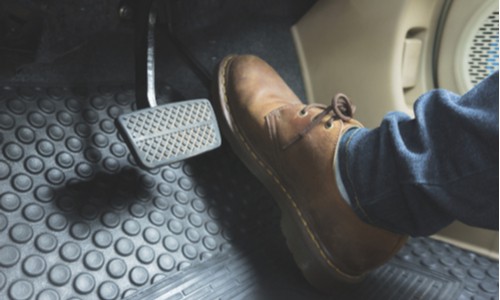
Once the wheels have started rolling and you’re confident of taking over from there, press the accelerator to take the car to a safe speed – which is 30km/hour for new drivers.
Conclusion
Learning how to start a car with manual transmission is a little complicated than the one with automatic transmission. As manual transmission vehicles require you to perform several checks – loose gear, handbrakes on – that you don’t have to carry out with their automatic counterparts.
However, it will only be in the first few attempts that you’ll find these steps hard to remember. Repeating them on a regular basis would make them a part of your routine and you’d be able to perform them without any prompts.
The post How to Start a Car? (Manual & Automatic) appeared first on Smart Motorist.
source https://www.smartmotorist.com/how-to-start-a-car
No comments:
Post a Comment